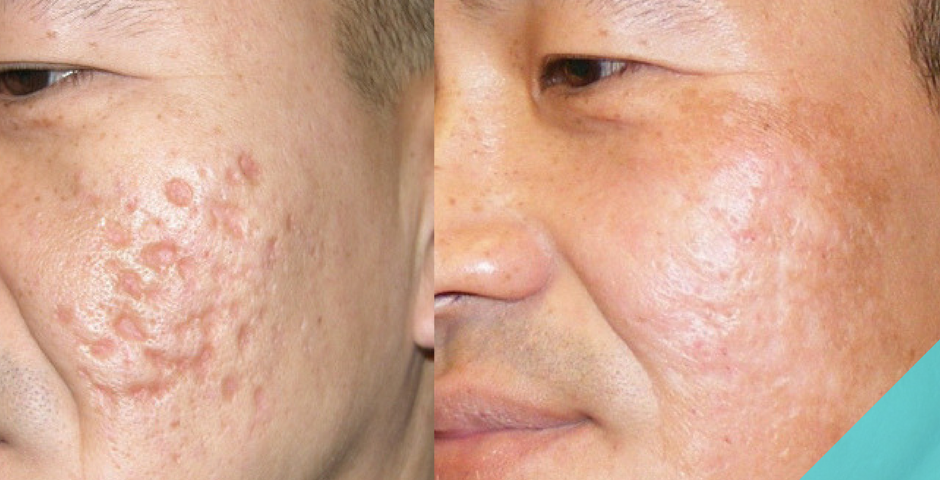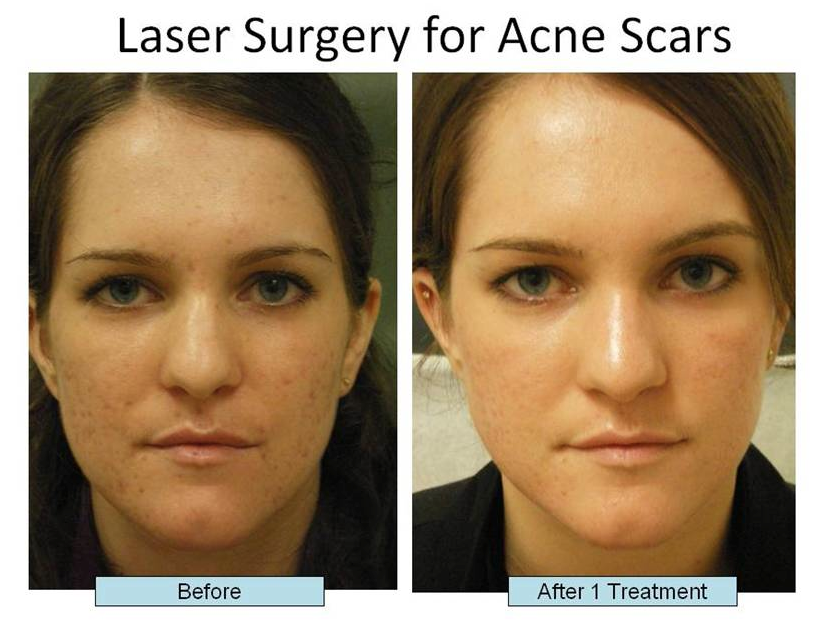Ideal Acne Scars Treatment: Advanced Techniques for Smoother Skin
Ideal Acne Scars Treatment: Advanced Techniques for Smoother Skin
Blog Article
Recognizing the Various Skin Disease and Effective Therapy Options for Acne Marks
Acne scars represent an intricate interplay of skin problem that considerably influence individuals' self-worth and overall skin wellness. Understanding the unique kinds of acne scars-- hypertrophic and atrophic-- along with their underlying causes, is essential for identifying effective therapy approaches. Various restorative alternatives exist, ranging from advanced skin-related treatments to natural treatments. The effectiveness of these therapies usually pivots on personalized assessments by qualified experts. As we check out the landscape of acne mark monitoring, it comes to be evident that the trip towards clearer skin may entail greater than simply topical solutions.
Kinds Of Acne Scars

On the other hand, hypertrophic scars arise from an overflow of collagen throughout the healing procedure, causing increased areas on the skin. These scars are frequently solid and can differ in shade, often appearing red or darker than the bordering skin.
Understanding these sorts of acne marks is crucial for creating an efficient therapy strategy - acne treatment for sensitive skin. Alternatives may include chemical peels, laser treatment, microneedling, or facial fillers, tailored to the particular mark kind. An extensive assessment with a skin specialist can aid identify the most ideal intervention, considering the individual's skin type, scar intensity, and general skin health and wellness
Sources Of Acne Scarring
Scarring occurs as a result of the body's natural healing feedback to swelling and injury created by acne lesions. When acne kinds, it causes an inflammatory feedback, resulting in the release of various cytokines and growth aspects that advertise recovery. Nevertheless, this procedure can occasionally bring about excessive tissue formation or inadequate repair work, resulting in marks.
The primary reasons for acne scarring consist of the severity of the acne itself, period of the sores, and private skin types. Serious inflammatory acne, such as cysts and nodules, is a lot more likely to result in scarring due to deeper tissue damage. In addition, inappropriate handling of acne lesions, such as picking or pressing, can exacerbate cells injury and swelling, enhancing the possibility of scarring.
Genetic predisposition additionally plays a substantial function; individuals with a household history of scarring are at a greater danger. Skin kind and color can affect scar formation, as darker skin tones might experience post-inflammatory hyperpigmentation, while lighter skin may create atrophic scars.
Ultimately, comprehending these causes is important in taking care of acne and minimizing the capacity for scarring.

Treatment Alternatives for Scarring
Reliable therapy choices for acne scarring vary relying on the type and severity of the scars. Generally classified into atrophic, hypertrophic, and keloid marks, these problems require tailored strategies for optimal outcomes.
For atrophic marks, which are defined by a loss of tissue, treatments such as chemical peels, microdermabrasion, and laser treatment are generally employed. These methods advertise skin revival and boost collagen production, therefore enhancing skin texture. Subcision, a minimally invasive procedure, can also work by breaking up coarse bands below the skin.
Hypertrophic and keloid marks can be a lot more challenging to deal with. Options include corticosteroid shots to minimize inflammation and flatten the marks. In some instances, cryotherapy or laser therapy may be suggested to minimize their appearance.
Surgical alternatives are offered for severe scarring, where excision or skin grafting might be required. It's vital for individuals to seek advice from with a dermatologist to analyze their specific scar type and discuss the most ideal treatment plan. Incorporating several treatments typically generates the very best results, ensuring that each individual's unique skin problem is resolved effectively.
Natural Remedy and All-natural Solutions
All-natural solutions and natural home remedy can give an available technique for people seeking to enhance the look of acne marks (acne scars). Various components located in the home kitchen have demonstrated prospective benefits in improving skin structure and advertising healing

Another efficient alternative is lemon juice, which works as an all-natural exfoliant and can lighten hyperpigmentation. It should be utilized meticulously, as it might trigger photosensitivity. Oat meal masks are likewise advantageous; their mild exfoliation can help get rid of dead skin cells while relaxing irritability.
Necessary oils, such as tea tree oil and lavender oil, can further support mark recovery due to their antimicrobial residential or commercial properties. It is critical to carry out a spot test before using any kind of treatment to make certain there are no unfavorable responses. These all-natural options can be a complementary method in the trip to diminish acne scars.
Avoiding Future Scarring
Embracing an aggressive approach to skincare can dramatically reduce the danger of establishing future acne marks. One of the essential strategies is to take care of acne successfully as it arises. This includes making use of non-comedogenic skincare items and drugs suggested by skin doctors that target acne without aggravating the skin. Routine cleansing, peeling, and hydration can help maintain skin health and wellness and avoid clogged up pores.
In addition, avoiding the temptation to pick or press acne sores is vital, as this can lead to swelling and succeeding scarring. Rather, individuals should concentrate on using topical treatments that advertise recovery and minimize swelling. Active ingredients such as salicylic acid, benzoyl peroxide, and retinoids are known for their effectiveness in handling acne and reducing scars.
Sunlight defense is one more important component; direct exposure to UV rays can impede and dim marks healing. As a result, using a broad-spectrum read here sun block daily can minimize these visit this website effects - acne treatment for sensitive skin.
Last but not least, preserving a healthy diet abundant in antioxidants and remaining moisturized supports skin regrowth. By carrying out these safety nets, people can substantially lower their threat of future scarring and advertise total skin health and wellness.
Conclusion
In verdict, a thorough understanding of acne scars, encompassing both atrophic and hypertrophic kinds, is crucial for effective therapy strategies. Assessment with a skin specialist stays imperative to devise customized approaches that think about private skin kinds and mark intensity, inevitably boosting the efficacy of mark monitoring strategies.
Acne marks stand for an intricate interaction of skin problems that considerably impact individuals' self-esteem and total skin wellness. The 2 primary classifications of acne scars are atrophic and hypertrophic scars. These marks are more identified into three subtypes: ice pick marks, which are slim and deep; boxcar scars, which are broader and have well-defined edges; and rolling scars, which develop Read More Here a wave-like look due to irregular skin appearance.
A detailed consultation with a dermatologist can aid identify the most ideal intervention, taking into account the individual's skin kind, mark seriousness, and general skin wellness.
Appointment with a skin specialist stays essential to devise individualized techniques that think about individual skin kinds and scar extent, eventually enhancing the efficacy of mark management strategies.
Report this page